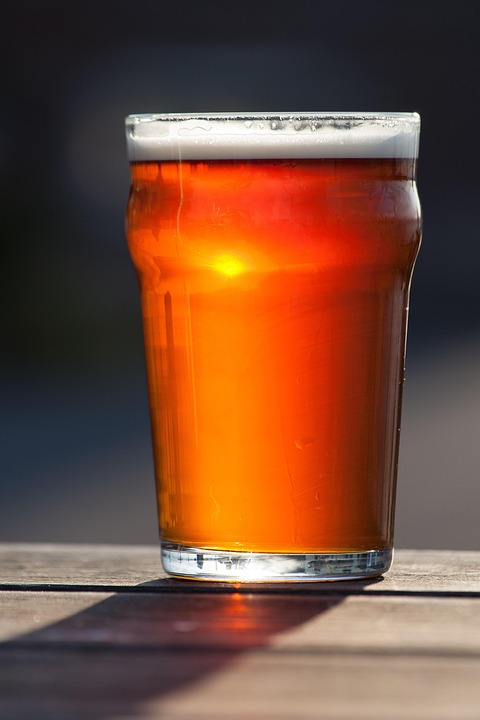Introduction
Beer has been a staple alcoholic beverage for centuries, enjoyed by people all around the world. Despite the rise of craft cocktails, wine, and spirits, beer remains the most widely consumed alcoholic beverage globally. In this report, we will explore the reasons behind the enduring popularity of beer, backed by data, industry insights, and financial information.
Historical Perspective
Beer has a long history, dating back to ancient civilizations such as Mesopotamia and Egypt. The brewing process has evolved over time, leading to a wide variety of beer styles and flavors. This rich history and cultural significance have contributed to beer’s enduring popularity.
Social and Cultural Factors
Beer is often associated with social gatherings, celebrations, and relaxation. It is a versatile beverage that can be enjoyed in a casual setting or paired with gourmet food. The social aspect of beer consumption plays a significant role in its widespread popularity.
Economic Considerations
The beer industry is a major contributor to the global economy. According to data from Statista, the global beer market was valued at $520 billion in 2020. The industry employs millions of people worldwide and contributes to various sectors such as agriculture, manufacturing, and hospitality.
Taste and Variety
Beer offers a wide range of flavors, from light and refreshing lagers to rich and complex stouts. The diversity of beer styles appeals to a broad spectrum of consumers, catering to different taste preferences and occasions. This variety is a key factor in beer’s popularity.
Craft Beer Movement
In recent years, the craft beer movement has gained momentum, with small and independent breweries producing innovative and high-quality beers. Craft beer enthusiasts appreciate the creativity and craftsmanship that go into these brews, driving growth in the industry.
Global Brands
While craft beer has made significant strides, global beer brands still dominate the market. Companies like Anheuser-Busch InBev, Heineken, and SABMiller (now part of Anheuser-Busch InBev) have a strong presence in various regions worldwide. These companies invest heavily in marketing and distribution, further solidifying beer’s position as the most widely consumed alcoholic beverage.
Health Benefits and Moderation
Moderate beer consumption has been linked to certain health benefits, such as improved heart health and reduced risk of certain diseases. Studies have shown that the antioxidants in beer, particularly in darker varieties, may have protective effects. However, it is important to consume beer in moderation to reap these benefits.
Consumer Preferences
Consumer preferences play a significant role in the popularity of beer. Some people prefer the light and crisp taste of a pilsner, while others enjoy the bold flavors of an IPA. Beer companies constantly innovate to meet evolving consumer demands, introducing new flavors, styles, and packaging options.
Global Consumption Trends
According to data from Euromonitor International, beer remains the most widely consumed alcoholic beverage globally, accounting for over 40% of total alcohol consumption. While regional preferences vary, beer is consistently popular in countries across Europe, Asia, and the Americas.
Conclusion
Beer’s enduring popularity can be attributed to a combination of social, cultural, economic, and taste factors. The industry’s rich history, diverse flavors, and global reach have solidified beer as the most widely consumed alcoholic beverage worldwide. As consumer preferences continue to evolve, beer companies will need to adapt and innovate to maintain their market share in this competitive industry.


